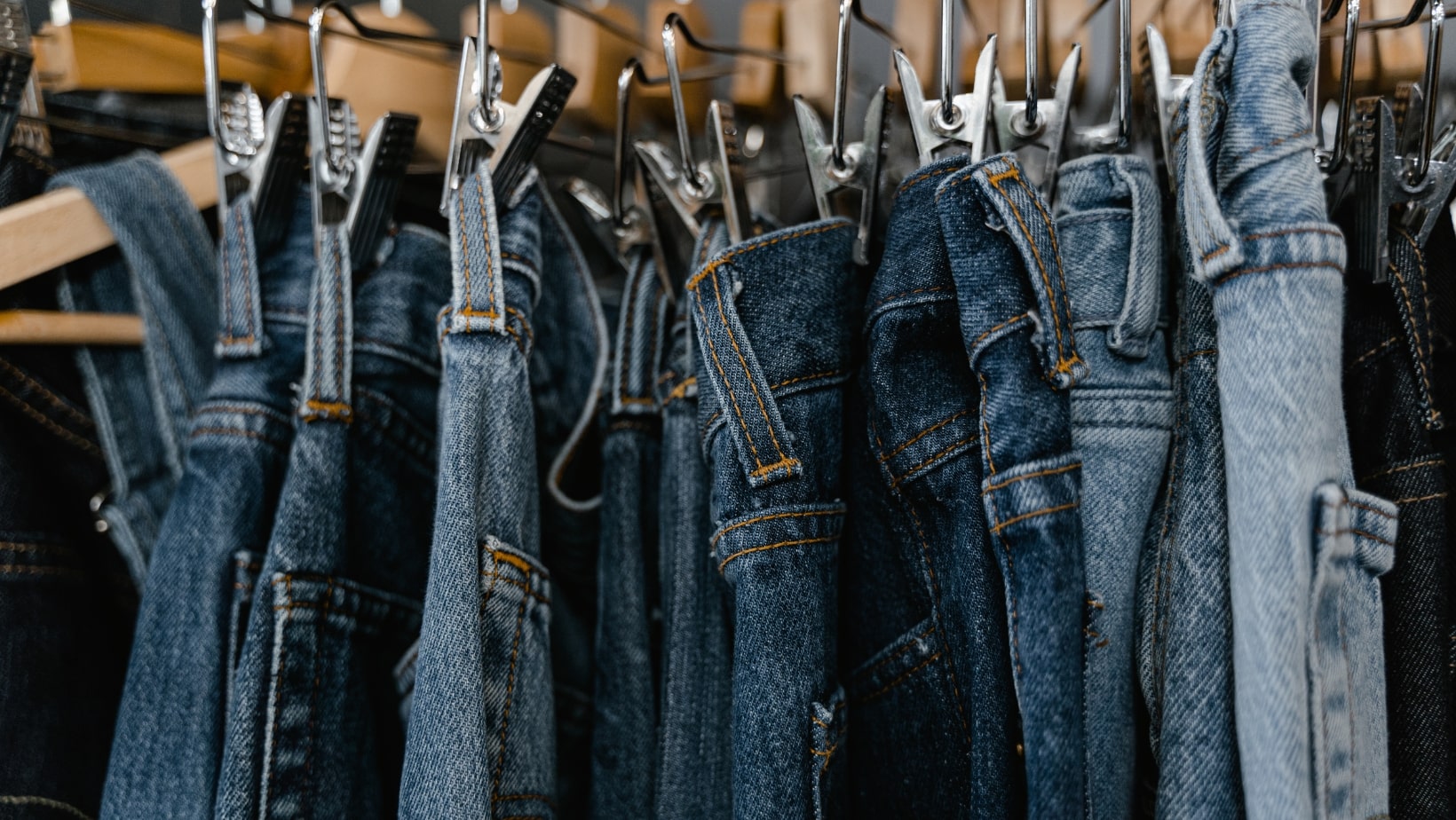Denim pants are some of the most harmful garments to the environment due to its production. It takes over 5,000 liters of water to make one single pair. Just to put this waste into perspective, 5,000 liters is about the daily water consumption of 47 people.
Thank God a growing number of brands are working to make denim more sustainable. Let’s take a look at some of the latest innovations in sustainable denim.
Organic Cotton
One of the biggest shifts in sustainable denim is the move towards organic cotton. Organic cotton is grown without the use of harmful pesticides and synthetic fertilizers, reducing the environmental toll of cotton farming. Brands like Levi’s, Everlane, and Reformation are all offering denim made with organic cotton.
Recycled Denim
Another way brands are making denim more sustainable is by incorporating recycled materials. Recycled denim can come from post-consumer waste, like old jeans, or from pre-consumer waste generated during the manufacturing process. Brands like Mud Jeans and Denim Refinery are creating new denim from recycled materials.
Water-Saving Techniques
Brands are starting to implement water-saving techniques to reduce their impact, Wrangler has developed a waterless dyeing process that can reduce water usage by up to 100%.
Natural Dyes
Traditional denim dyeing relies on synthetic indigo dyes, which can be harmful to the environment. Some brands are turning to natural dyes made from plants like indigo, madder root, and cochineal insects. While natural dyes can be more expensive and less consistent than synthetic options, they offer a more eco-friendly alternative.
Transparency and Traceability
Finally, many sustainable denim brands are prioritizing transparency and traceability in their supply chains. By sharing information about where their materials come from and how their products are made, brands are helping consumers make more informed choices. Brands like Everlane and Reformation are leading the way in this area.
Is there a future for denim without circularity?
Technological advancements continue to decrease its impact, but the next steps require the industry to adopt a more circular model.
Wondering what you can do as a consumer? We’ve got you covered!
- Buy vintage, raw, or mono-materials.
- Ask for recycled content.
- Wash less. Did you know that you don’t need to wash your jeans every time you wear them? If you’ve worn them a couple of times but they are clean of stains, leave them in the freezer overnight to kill germs.
- Fix your jeans or recycle.
And for you to get to know a little bit more about the denim industry, we have a movie recommendation for you: Waiting for the Carnival (BR: Estou me guardando para quando o carnaval chegar).
Let’s keep having this conversation on our social media.
References:
